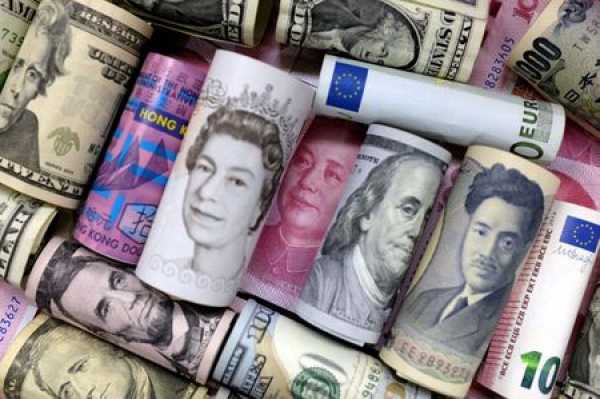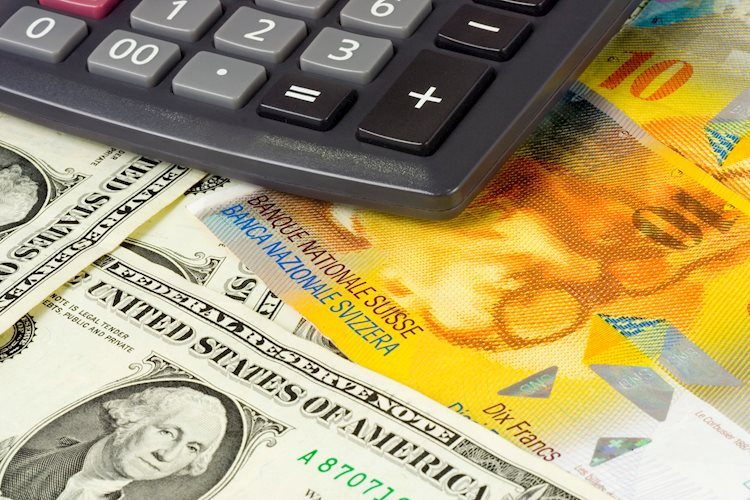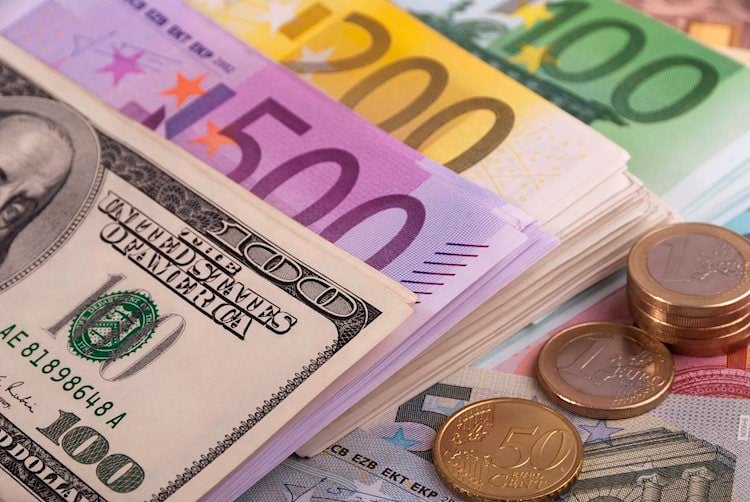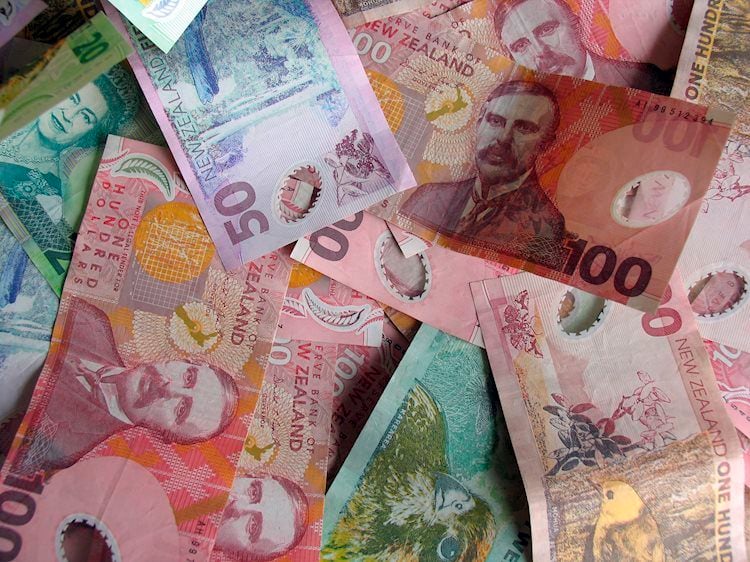Riskier assets and currencies benefited from the jump in rates, with global stock markets gaining and commodity-linked Australian and New Zealand dollars grabbing a bid.
The Australian dollar jumped 0.79 percent to $0.74905, after hitting a new low for the year at $0.7410, and the New Zealand dollar rose 0.81 percent to $0.7002, after plunging more than 1% in the previous session.
The euro rose 0.27 percent to $1.1876 on Thursday, following a 0.45 percent increase the day before.
The dollar index fell to 92.131, down 0.252 percent.
According to Joe Manimbo, senior market analyst at Western Union Business Solutions, the greenback’s loss was likely attributable in part to profit-taking ahead of significant U.S. inflation data due next week.
He explained, “Dollar bulls are just pulling some chips off the table.”
As risk appetite began to revive, the yen, which was seen as a safe-haven currency, fell.
“Today’s dip in the dollar-yen is reversing along with risk appetite in stocks, implying no larger spillover effects across markets for the time being – the same trend is visible in the US 10-year yield recovering back above 1.3 percent,” said Steen Jakobsen, Saxo Bank’s chief investment officer.
The yen fell 0.39 percent to 110.185 against the dollar, giving up some of its gains from Thursday, when it enjoyed its greatest daily gain since November.
The Canadian currency jumped 0.61 percent to $1.2453 against the US dollar after oil prices surged and statistics indicated Canada added more jobs than projected in June as public health restrictions in many locations were removed.
In other news, the People’s Bank of China announced that starting July 15, it will reduce the reserve requirement ratio (RRR) – the percentage of deposits that banks must maintain – for all banks by 50 basis points, assisting in the return to riskier assets.
“We’re probably going to see some follow-through from this RRR cut,” said Moya of OANDA. “I think we’ll probably see some follow-through once Asia opens on Sunday.”
Next week will see the release of June retail sales figures in the United States, as well as bank earnings in the United States.
In addition to the busy week ahead, US Federal Reserve Chair Jerome Powell is slated to testify before Congress, while central banks in Japan, Canada, and New Zealand are expected to make rate decisions.
Check out our economic calendar for a complete list of today’s economic happenings.
(John McCrank contributed reporting; Andrew Heavens and Alex Richardson edited the piece.)/n





